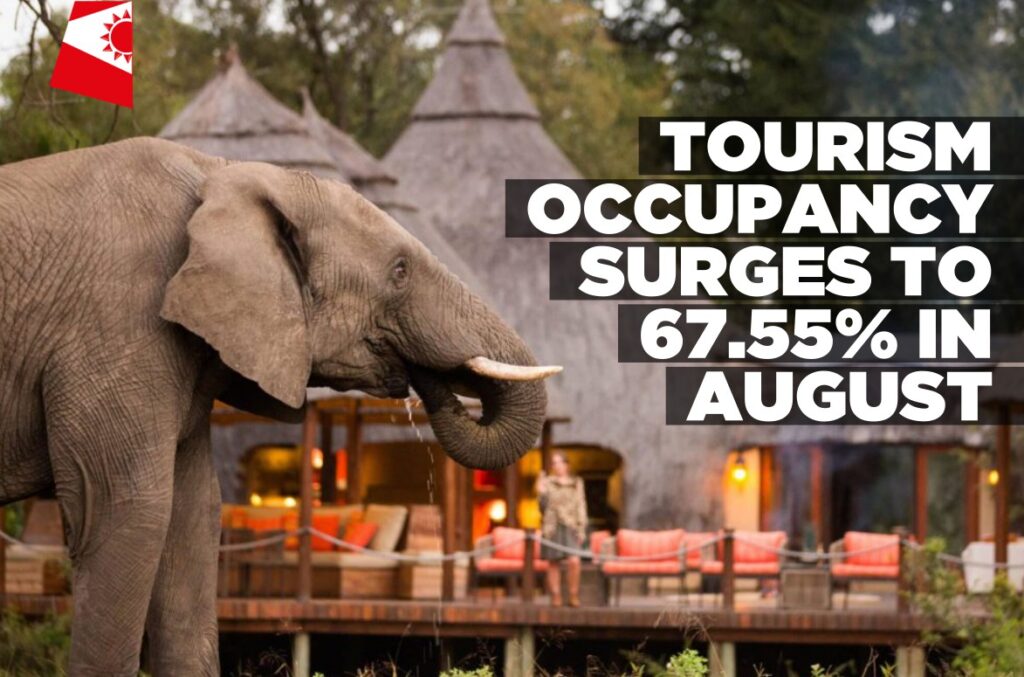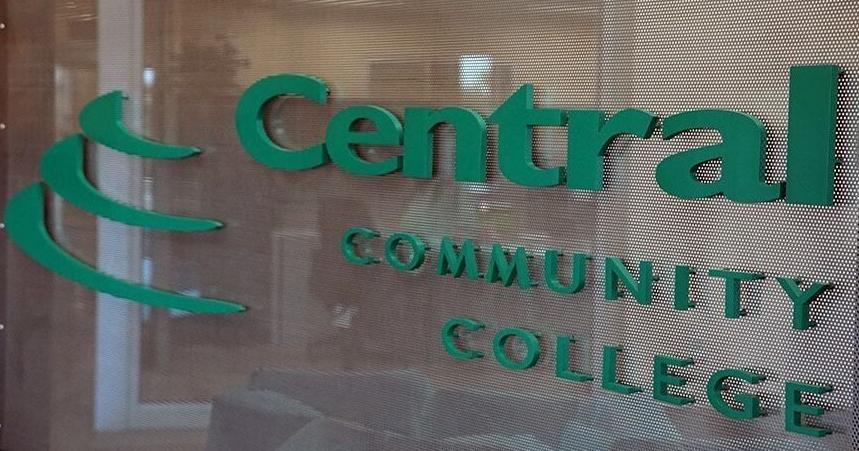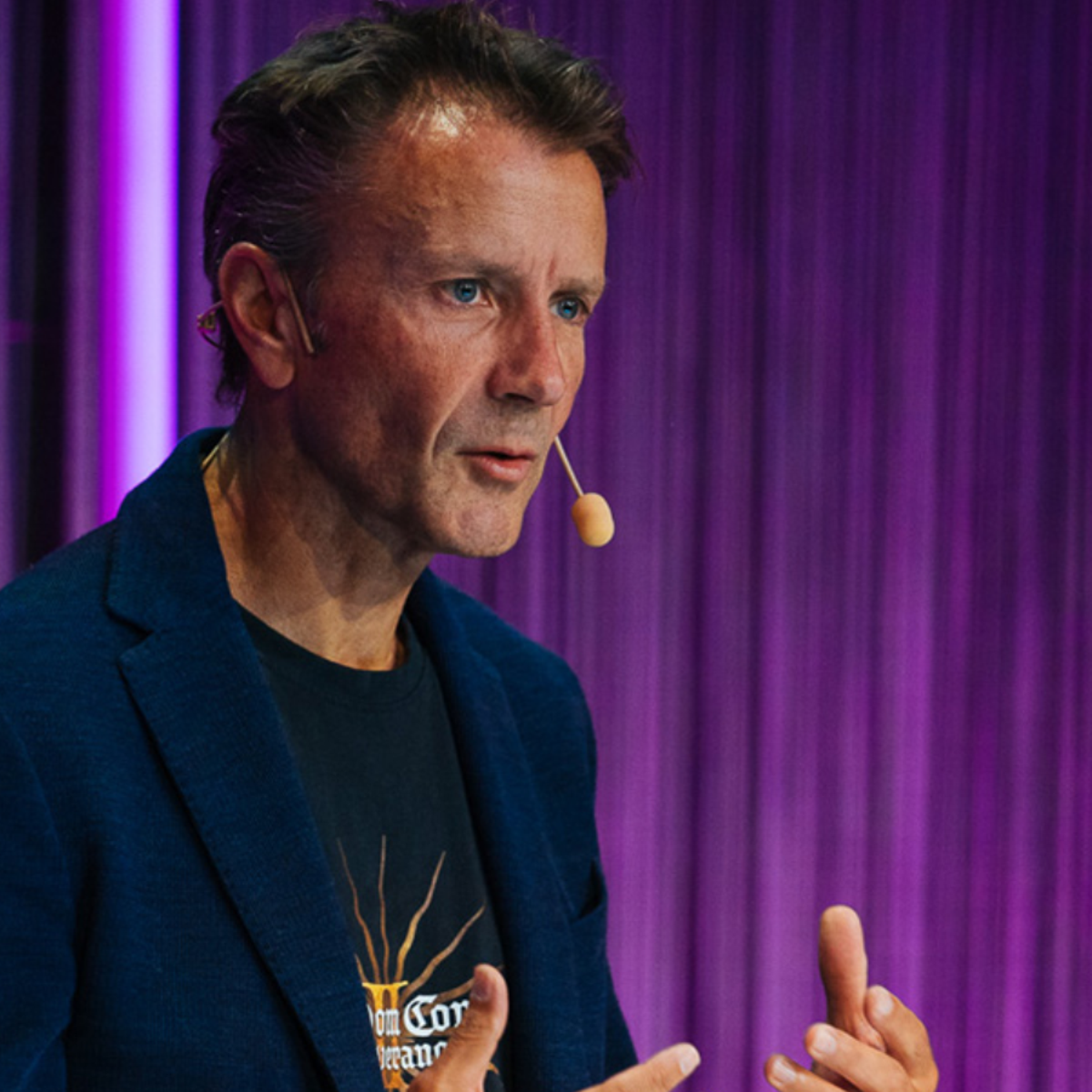By Staff Reporter
Copyright web

Business Reporter
THE tourism industry’s peak season has rebounded strongly to pre-pandemic levels, with the national occupancy rate rising to 67.55% in August 2025, compared to 59.61% in July 2025.
This is according to hospitality statistics for August 2025, shared by local stockbroking and wealth management firm Simonis Storm Securities.
The firm earlier in the year estimated that the sector will rake in about N$4.6 billion in 2025.
Associate Economist at Simonis Storm Securities, Almandro Jansen, however, said that the sector still faces challenges, as limited direct air access to Namibia continues to drive up fares, constraining affordability from long-haul markets. This is after the shutdown of national airline Air Namibia in 2021.
He added that addressing these challenges will require an all-of-government approach, aligning aviation policy, visa reforms, infrastructure development, and targeted marketing to ensure Namibia can deliver a seamless, competitive experience.
“Visa-related concerns have also surfaced, with reports of congestion, delays, and inconvenience at entry points due to limited staffing, particularly during shared arrivals of multiple airlines. The recent introduction of additional administrative fees for visas on arrival, combined with ongoing glitches in the eVisa platform, have raised concerns about Namibia’s ability to portray a seamless and welcoming visitor experience. These issues, coupled with broader geopolitical uncertainties and rising travel costs, are weighing on outbound travel demand from core European markets,” Jansen said.
He further opined that the Edelweiss Zurich–Windhoek route is a catalyst for growth not only in leisure tourism but also in event-driven and sports tourism.
“With improved air connectivity, Namibia has the chance to expand into high-value niches such as endurance training, cycling, and international competitions, while leveraging its upcoming role as co-host of the 2027 Cricket World Cup. By addressing infrastructure and policy gaps, Namibia can enhance the resilience of its tourism sector, extend visitor stays, raise per-capita spending, and secure tourism as a pillar of long-term economic development,” Jansen said.
Delving into the occupancy statistics, Jansen said that August tourism growth represents a 4.5 percentage-point increase from the 63.02% recorded in August 2024, making August 2025 the highest occupancy month since the pre-pandemic peak of 69.9%.
“This robust performance underscores the resilience of the tourism sector and signals a full recovery of seasonal demand. With September historically being the busiest month of the year, it is anticipated that the upcoming figures will surpass pre-pandemic levels,” Jansen said.
He further highlighted that this performance showcases the steady and much-needed recovery within the sector, which in turn bodes well for second- and third-quarter GDP results.
“Higher tourist arrivals translate into stronger consumer spending, providing vital support to accommodation providers, tour operators, and linked service industries.”
Regionally, the northern area recorded the strongest performance, with occupancy reaching 70.63% in August 2025, up from 60.39% in July. This marks the first time since October 2024 that the northern region has exceeded the 70% threshold. The southern area followed with an occupancy rate of 67.45%, up 7.2 percentage points from the previous month, while the coastal region registered 67.0% and the central area posted 61.9%.
In the southern region, leisure tourism remained the key driver, anchored by iconic attractions such as Sossusvlei, while Lüderitz has continued to emerge as a growing hub for business-related travel due to rising economic activity in the area.
Compared to 2019, there has been a remarkable increase in visitors from Italy, France, and the German-speaking countries of Austria, Germany, and Switzerland.
Jansen said that this demonstrates both a strong appetite for Namibia and the effectiveness of Namibia Tourism Board (NTB) and private-sector marketing efforts in these markets. In August, visitors from the DACH region (Germany, Austria, and Switzerland) accounted for 35.25% of total arrivals, though this reflects a decline from March’s peak of 40.47%. Italian travellers, however, surged to become the second-largest group, contributing 14.31% of arrivals, supported partly by the weaker Namibian dollar against the euro.



